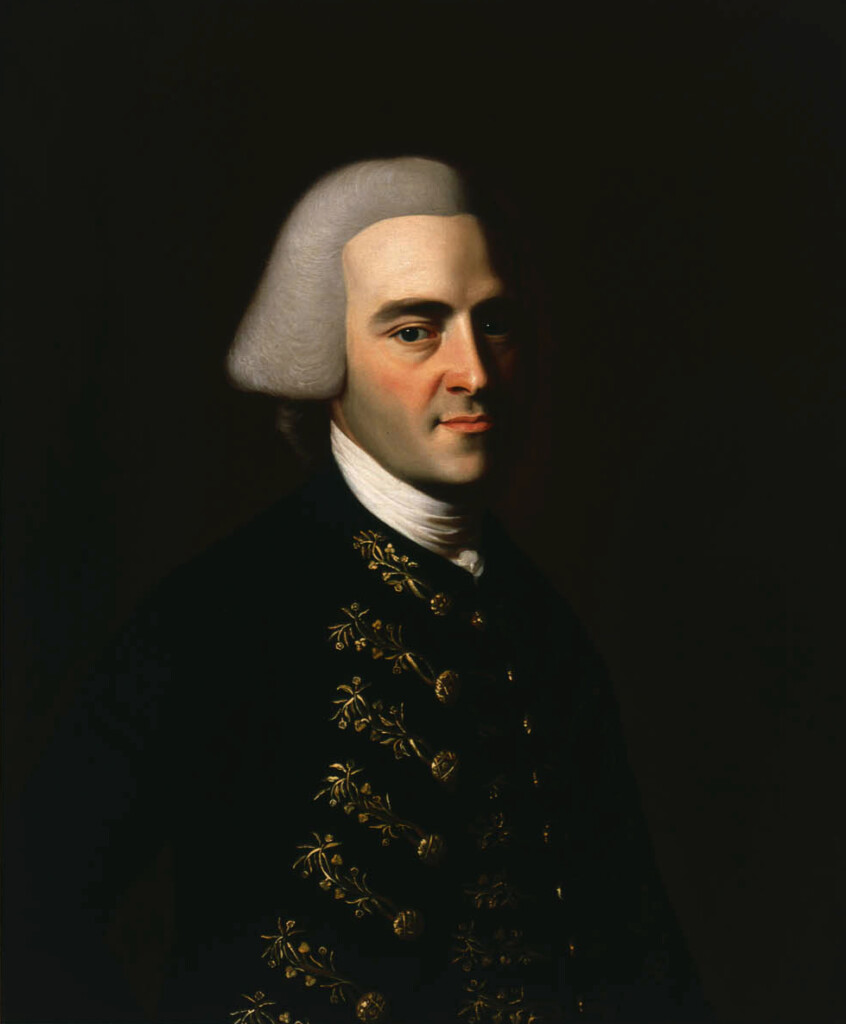
ADVERTISEMENT - CONTINUE READING BELOW
16. The ratification debate grew more rancorous even as states voted for the Constitution
By January 9, 1788, five states had ratified the Constitution; Delaware, Pennsylvania, New Jersey, Georgia, and Connecticut. Under the terms provided by the Confederation Congress when it submitted the document to the states, nine states were required for it to go into effect in those which had ratified. Notably absent states were in which the debate over ratification was loudest, Massachusetts, Virginia, and New York. Between January 11, 1788, and February 20, 1788, James Madison submitted 21 essays, explaining the Constitution, the government which it would create, and its relationship to the individual states, as well as the people. Following that impressive display of energy, Madison composed just two more essays, submitted on February 27 and March 1, 1788. By then, Massachusetts had joined in ratifying the Constitution, after its convention entered a compromise.
Massachusetts was evenly divided among Federalists and anti-federalists. Among the latter were two leaders of the Revolution, John Hancock and Samuel Adams. It was they who proposed a compromise which broke the deadlocked convention. They agreed to support ratification if the letter which announced the fact also included a recommendation to amend the Constitution to correct perceived deficiencies. The compromise included a promise of Federalist support for the recommendation. How much the Federalist Papers persuaded the Massachusetts leaders to give even grudging support for ratification has been debated ever since. Massachusetts made six, but the critical states of New York and Virginia, the homes of Hamilton and Madison respectively, remained openly opposed to the Constitution. Both states’ governors were strongly anti-federalist. Neither appeared open to compromise.

